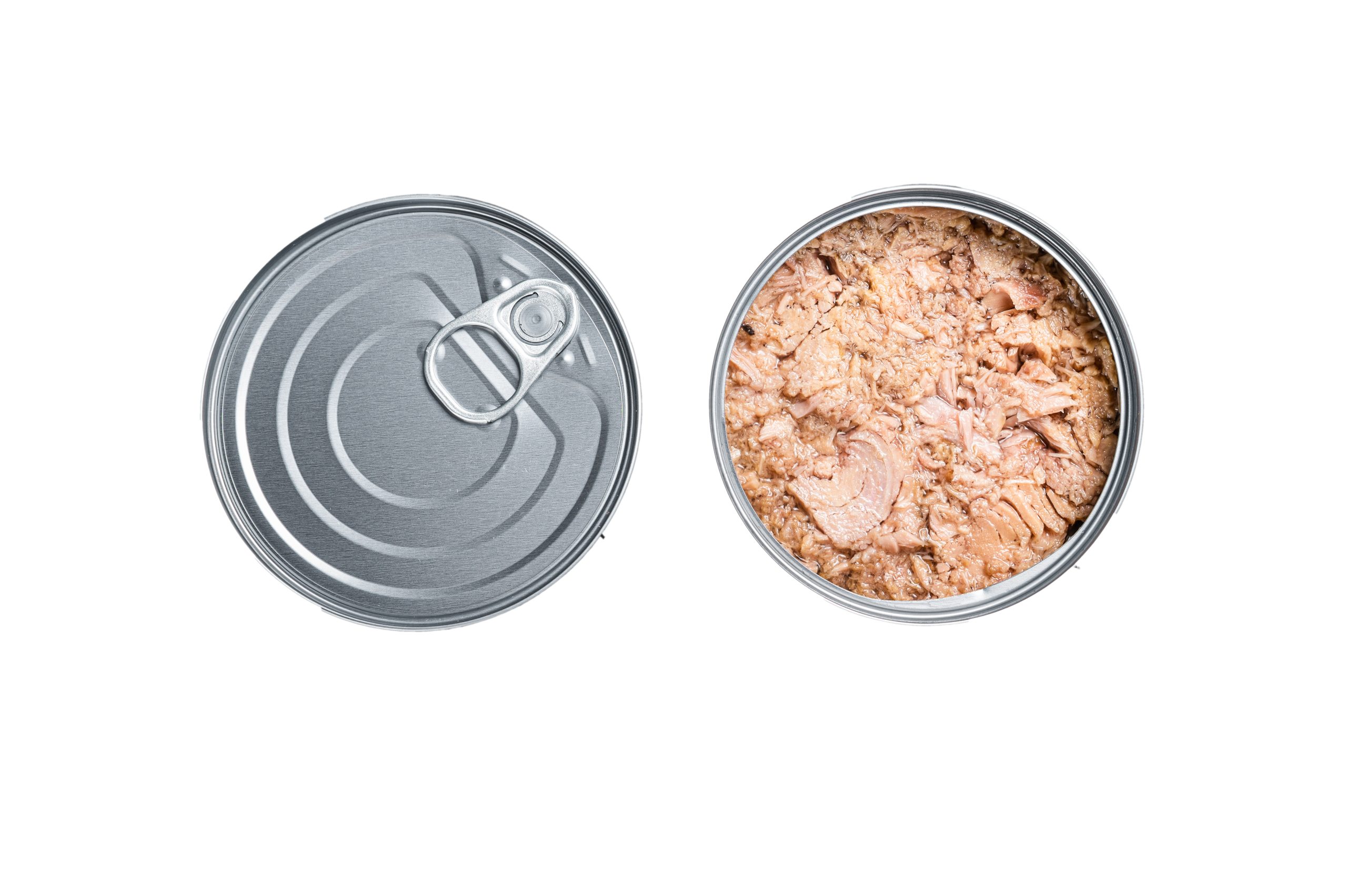So, you’ve stocked up on canned fish, thinking it’s the ultimate solution to your mealtime woes. After all, it’s conveniently preserved and can last for quite some time. But here’s a thought that might send shivers down your spine: can canned fish actually spoil? It seems like a paradox, doesn’t it? In this discussion, we will uncover the truth behind this enigmatic question and shed light on the factors that could determine the fate of your canned fish. Don’t worry, we won’t leave you hanging – the answer might surprise you.
Checking the Date and Best Before Date
When checking the date and best before date on canned fish, it is important to remember that the date is primarily for ensuring the quality of the fish over time. It is not an expiration date that indicates the fish is no longer safe to eat. Best practices for storing canned fish include keeping it in a cool, dark place away from heat sources and direct sunlight. Common misconceptions about expiration dates can lead to unnecessary waste of perfectly good canned fish. To properly inspect canned fish for spoilage, visually inspect the can for any dents, bulging, rust, or leaks. Assess the fish for any mold, color changes, or unusual appearance. Take a whiff when you open the can to detect any rancid or sour odor. The impact of temperature on canned fish shelf life is significant. Storing canned fish in extreme heat or cold can affect its quality and safety. Finally, get creative with canned fish by trying out different recipes such as tuna salad, tuna pasta, tuna sandwich, or tuna melt. Don’t let misconceptions about expiration dates stop you from enjoying the benefits of canned fish.
Smell and Odor
Open the can of canned fish and take a whiff to check for any unusual or spoiled odor. Common off odors in canned fish include a pungent or sour smell that is different from the normal fishy odor. If you notice a spoiled or unpleasant odor, it is best to discard the canned fish. The smell is an important indicator of spoilage.
Proper canning techniques are crucial in preventing spoilage and maintaining the quality of canned fish. Factors such as inadequate processing, improper sealing, or contamination during canning can affect the odor of canned fish. It is important to ensure that the fish is properly cleaned, cooked, and canned to prevent the growth of harmful bacteria.
To prevent spoilage in canned fish, it is recommended to store the cans in a cool and dry place, away from direct sunlight and excessive heat. Avoid dented, bulging, or leaking cans as they may indicate a problem with the preservation process. Additionally, always check the expiration date and inspect the can for any signs of corrosion or rust.
Leaky Cans and Faulty Preservation
To ensure the safety and quality of your canned fish, it is important to be aware of the potential issue of leaky cans and faulty preservation. Leaky cans are rare but can happen, and if the can is leaking, it means that the preservation process is faulty and the fish is no longer being preserved properly. It is crucial not to even consider eating the fish from a leaky can and to discard it immediately. Corrosion and rust on the can can also compromise the food inside, so it’s better to be safe than sorry and throw it away if you notice any corrosion or rust. Detecting faulty preservation can be done by visually inspecting the can for dents, bulging, rust, or leaks. Additionally, assessing the tuna for mold, color changes, or unusual appearance, as well as smelling it to detect any rancid or sour odor, can help in detecting faulty preservation. By handling leaky cans with caution and using proper canning techniques, you can avoid spoiled canned fish and ensure the safety of your meals.
| Leaky Cans and Faulty Preservation |
|---|
| – Leaky cans are rare but can happen |
| – Discard the can immediately |
| – Corroded cans should never be consumed |
| – Detect faulty preservation by visually inspecting the can |
| – Assess the tuna for mold, color changes, or unusual appearance |
| – Smell the canned tuna to detect any rancid or sour odor |
Corrosion and Rust
Corrosion and rust on a can of fish are indicators of potential spoilage and should be cause for concern. When you see corrosion or rust on the can, it means that the integrity of the can has been compromised. This can lead to air and moisture entering the can, which can then impact the taste and quality of the fish. Consuming fish from a corroded can can pose health risks, as the fish may have been exposed to harmful bacteria.
To prevent corrosion and rust, proper can storage is essential. Make sure to store the cans in a cool, dry place away from heat sources and direct sunlight. Moisture and heat can accelerate the process of corrosion. It is also important to check the packaging options when purchasing canned fish. Opt for cans that are made of high-quality materials and have a sturdy construction to reduce the chances of corrosion.
When inspecting canned fish for signs of spoilage, be on the lookout for any visible corrosion or rust on the can. If you notice any, it is best to err on the side of caution and throw the can away. Consuming fish from a corroded can can lead to food poisoning and other health issues. Remember to always prioritize your safety and well-being when it comes to consuming canned fish.
Discoloration
Discoloration in canned fish is a clear indication of spoilage and should not be ignored. When visually inspecting canned fish, look for any dark brown or black streaks, as well as obvious discoloration throughout the fish. Green discoloration is another indication of spoilage. These color changes are caused by the growth of bacteria or other microorganisms, which can lead to potential health risks if consumed. It is essential to follow proper storage techniques to prevent spoilage, such as keeping the cans in a cool, dry place away from direct sunlight and extreme temperatures. If you notice any discoloration in the canned fish, it is best to discard it immediately. To ensure safe consumption, consider serving suggestions for canned fish, such as draining excess liquid before using it in dishes like tuna salad, tuna pasta, or a tuna sandwich. By being vigilant about visual inspection and taking necessary precautions, you can enjoy canned fish without worrying about spoilage or potential health risks.
Understanding Canned Tuna and Its Types
Canned tuna offers a variety of taste profiles and textures, with different types such as albacore, yellowfin, skipjack, and light tuna. These types of canned tuna have their own unique characteristics that make them suitable for various recipes and preferences. Here is a table summarizing the different types of canned tuna:
| Type of Canned Tuna | Flavor | Texture |
|---|---|---|
| Albacore | Milder | Firm |
| Yellowfin | Strong | Meaty |
| Skipjack | Strong | Flakey |
| Light Tuna | Mixed | Soft |
Each type of tuna has its own distinct flavor and texture, allowing for a wide range of culinary possibilities. Albacore, with its mild taste and firm texture, is great for dishes like tuna steaks or salads. If you prefer a stronger taste, yellowfin tuna with its meaty texture is perfect for grilling or searing. Skipjack, known for its strong flavor and flakey texture, is commonly used in canned tuna products. Lastly, light tuna, which is a mix of smaller species, offers a soft texture and is often used in sandwiches or casseroles.
In addition to its versatility in recipes, canned tuna also provides numerous health benefits. It is a rich source of omega-3 fatty acids, which promote heart health and reduce inflammation. Tuna is also high in protein, essential for muscle maintenance and tissue repair. Furthermore, it contains important vitamins like vitamin D for strong bones and vitamin B12 for nerve function. When choosing canned tuna, consider brands that prioritize sustainable fishing practices and are labeled as dolphin-safe. This ensures that the tuna is sourced responsibly and helps protect marine ecosystems. For those seeking alternative protein sources, canned tuna is a nutritious option that is convenient and easy to incorporate into meals.
Nutritional Benefits of Canned Tuna
Canned tuna provides a multitude of nutritional benefits that make it a healthy and convenient option for incorporating into your diet. Here are four reasons why canned tuna is a nutritious choice:
- Heart-Healthy Omega-3 Fatty Acids: Tuna is packed with omega-3 fatty acids, which are essential for heart health. These fatty acids can help lower the risk of heart disease and reduce inflammation in the body.
- Vitamin Content: Canned tuna is rich in vitamins, including vitamin D and vitamin B12. Vitamin D is important for strong bones and a healthy immune system, while vitamin B12 is necessary for nerve function and the production of red blood cells.
- Safe Consumption Levels: It is important to follow recommended serving guidelines for tuna and seafood to maintain safe consumption levels. This is because certain types of tuna may contain higher levels of mercury, which can be harmful in large amounts.
- Convenience: Canned tuna is a convenient option for adding protein to your meals. It can be easily stored in your pantry and used in a variety of dishes, such as salads, sandwiches, and pasta.


